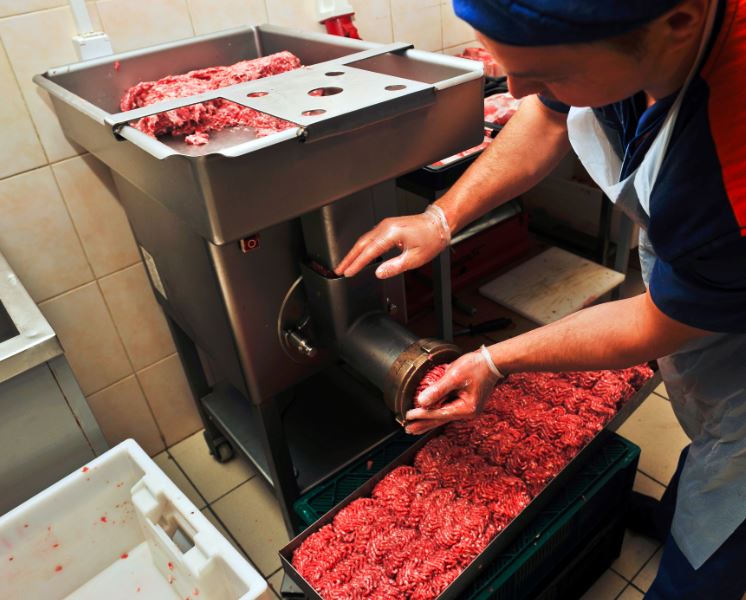



Meat Processor Turning Wastewater From Problem to Profit
Meat processors have a part to play in reducing emissions in the red meat sector. One unit in Eastern Australia has managed to cut emissions while reducing its gas bill by almost half.Greenhouse gas reduction is a hot topic for the sheep and cattle industry, but producers aren’t the only ones targeting emissions. Processors are also putting their money where their emissions are.

A new wastewater management pond project at Oakey Abattoir is a step towards future-proofing the Darling Downs plant against rising energy costs and meeting market demands for ‘clean, green’ product.
The project will use covered, high-rate anaerobic lagoon (COHRAL™) technology from Europe - a first in Australian meat processing - to harness methane-rich biogas from the facility’s wastewater in the existing anaerobic lagoon system.
Unlike other covered lagoon technology, it has a sub-surface membrane to prevent methane leaks and a unique wastewater distribution and settling system that reduces water retention from 25 to 15 days.
A storage system reserves biogas for peak operating demand. This biogas will fire the abattoir’s boiler to heat water for sterilisation and rendering.
The system could generate a megawatt of energy each day, slashing the abattoir’s reliance on natural gas by 42 per cent , reducing odour to negligible levels and further refining treated wastewater for irrigation and cropping.
Plant owner Nippon Meat Packers Australia (NMPA) has invested more than $4 million in capital works. The system is being installed by CST Wastewater Solutions.
Knowledge Sharing
The project attracted additional research funding from the Australian Meat Processor Corporation (AMPC) and the MLA Donor Company as a Plant Initiated Project to undertake R&D activities and assess the benefits of the technology for the whole processing sector.
AMPC R&D program manager Doug McNicholl said the technology created an opportunity to capture and reuse methane that would otherwise be released into the atmosphere.
“Methane capture and reuse technology has significant scope for adoption at abattoirs across Australia,” he said.
“If implemented correctly, it can provide a number of direct and indirect economic, social and environmental benefits to abattoirs, the processing industry and the broader community.”
Return on Investment
Oakey Abattoir manager, Pat Gleeson, said they were looking closely at the plant’s costs and environmental impact, as all meat processors are.
“Energy is a significant operating cost and energy prices are only going one way, so this waste treatment project makes good business sense,” Pat said.
“But it’s not just about energy cost savings - there is also a huge environmental management perspective. It demonstrates Oakey’s commitment to the environment and its customers, employees, neighbours and the broader community, to ensure the plant remains a strong and sustainable manufacturer for years to come.”
All eyes will be on the plant when the new pond starts operating in late 2015. Pat said that if the system ticked all the boxes, it could be duplicated across the NMPA group.
“It helps showcase how processors can reduce their environmental impact and play a role in ensuring a more sustainable red meat supply chain,” MLA Research Extension Manager - Sustainability, Irene Sobotta said.


